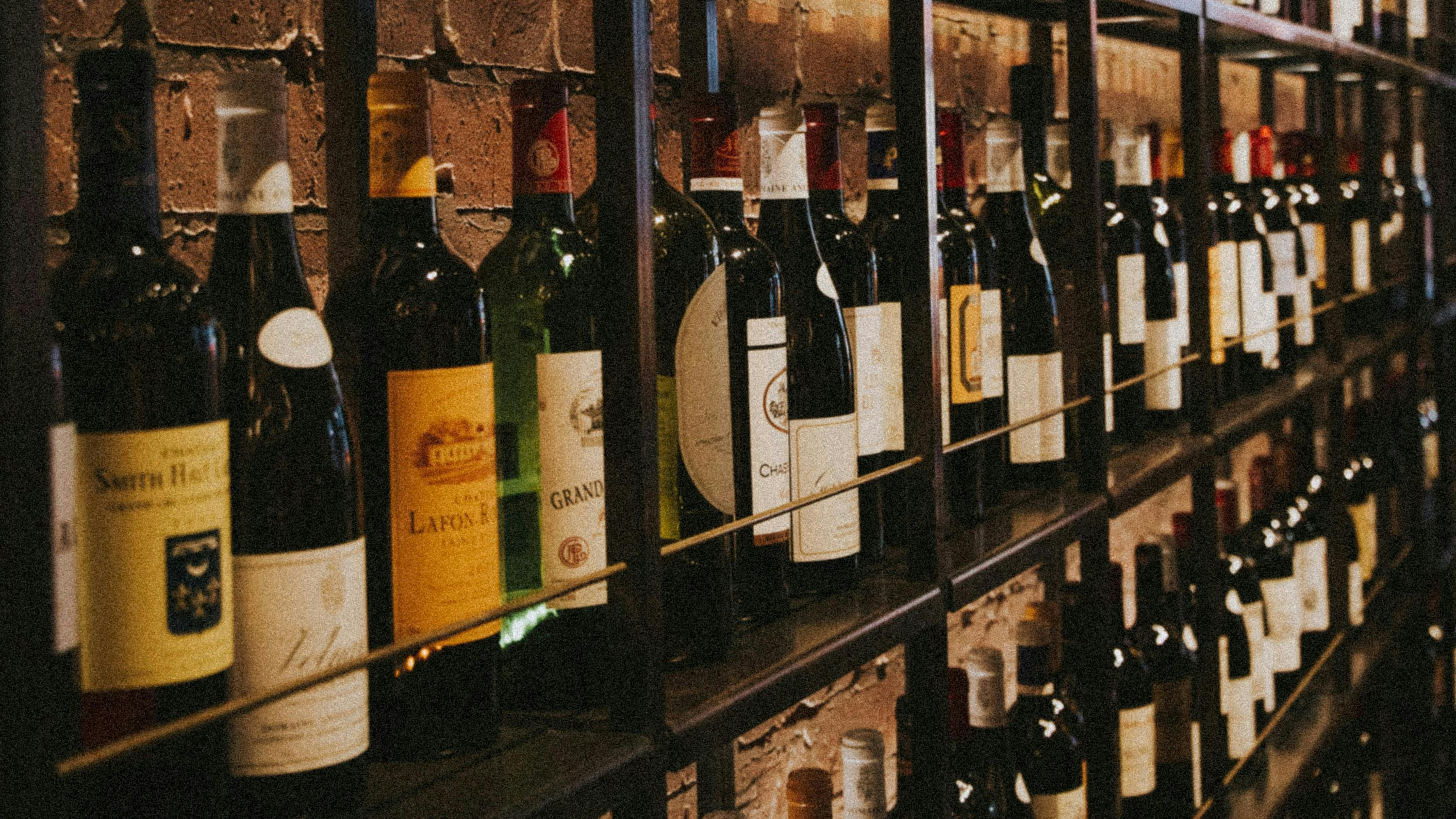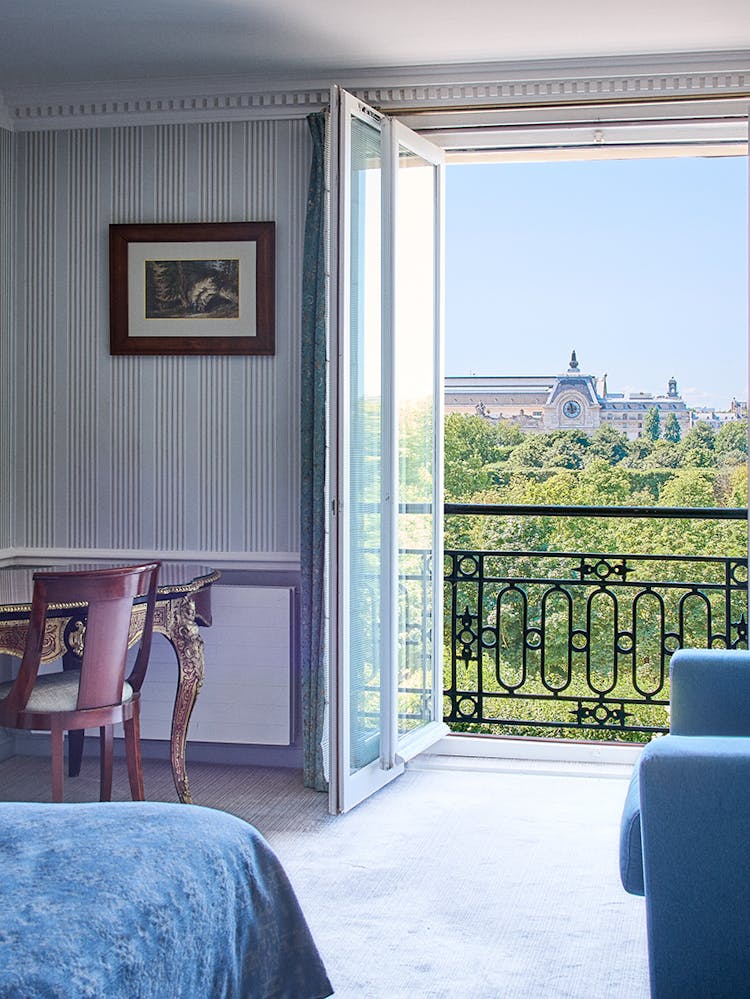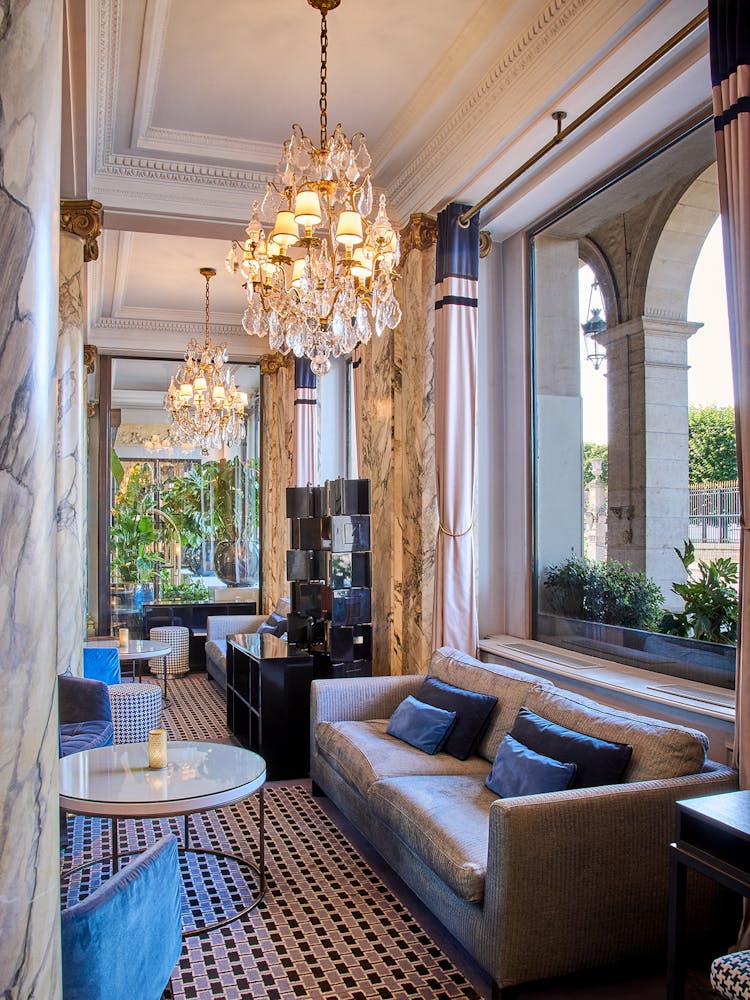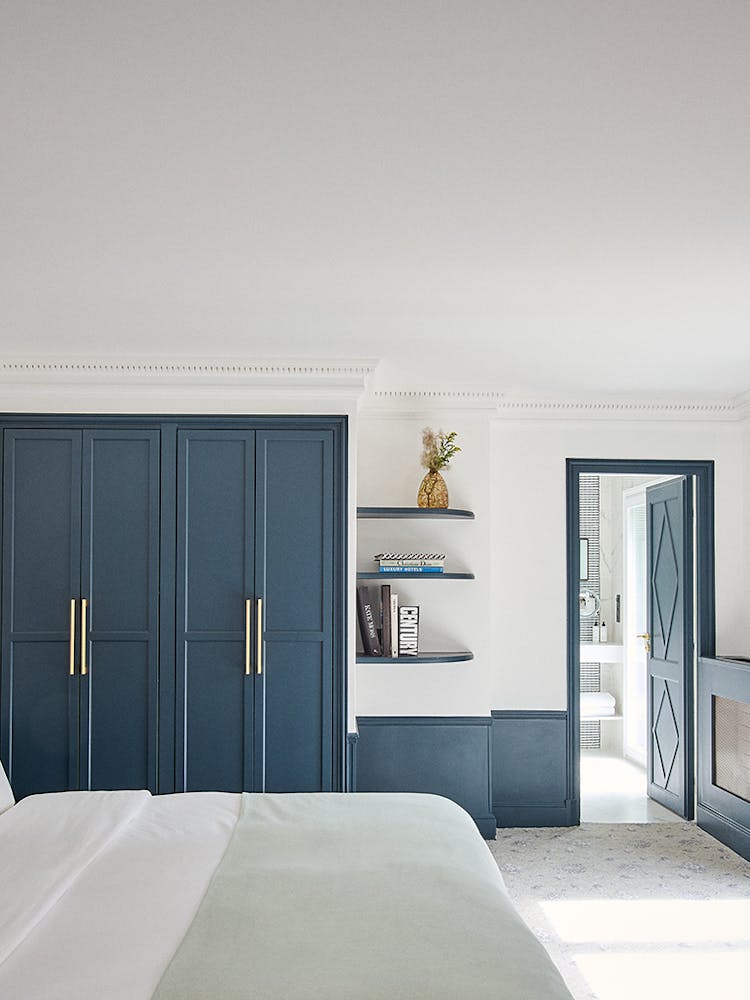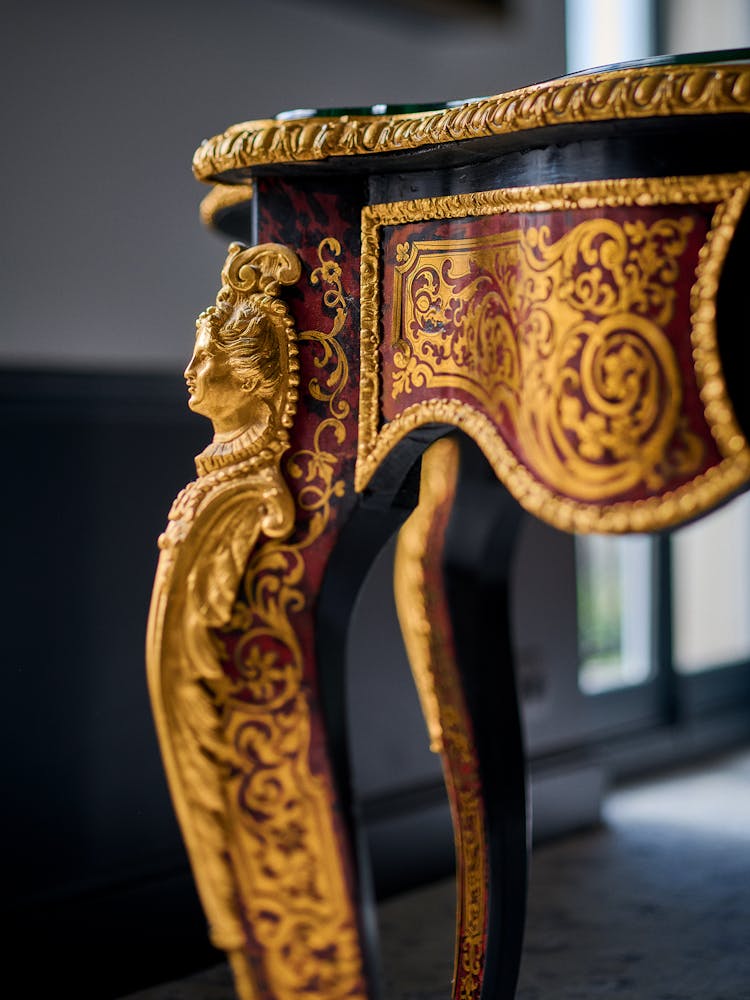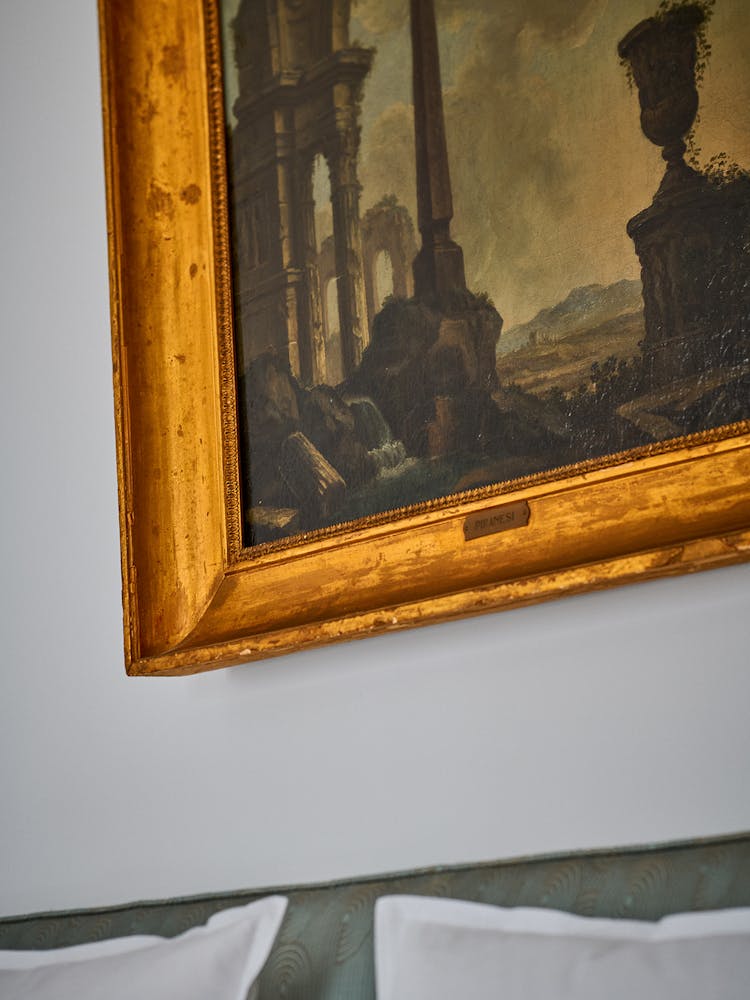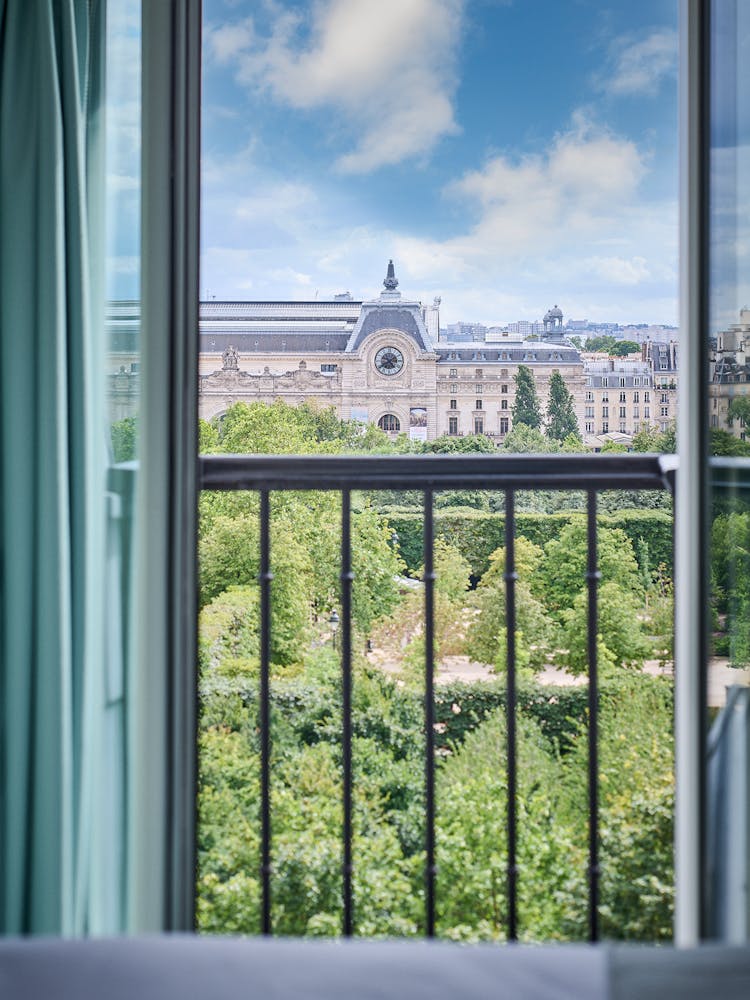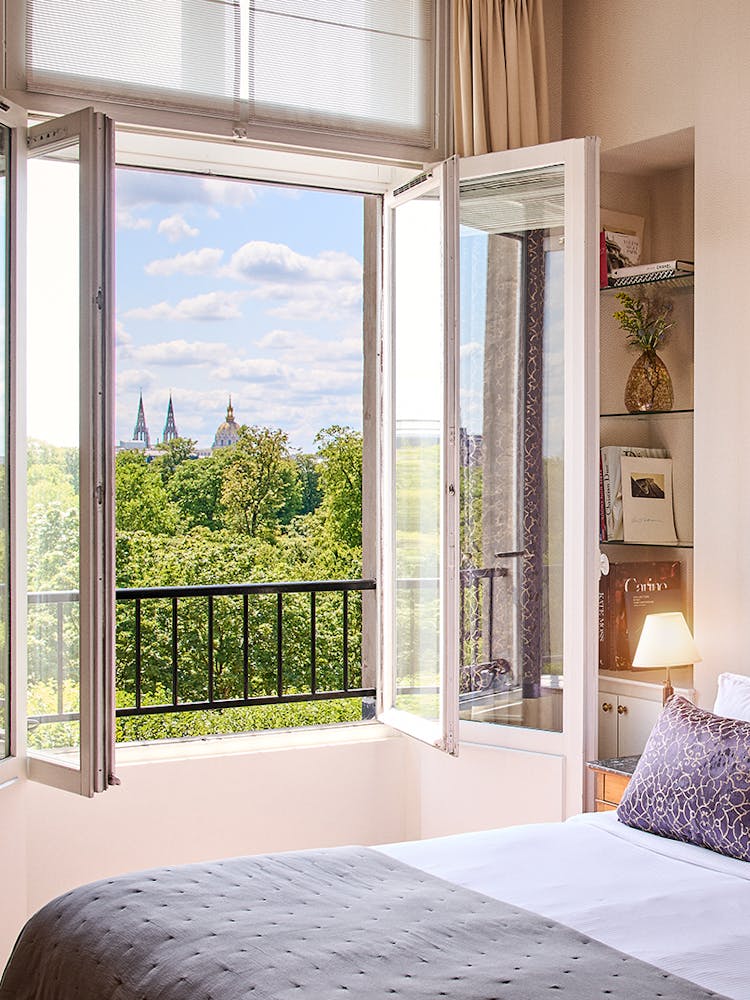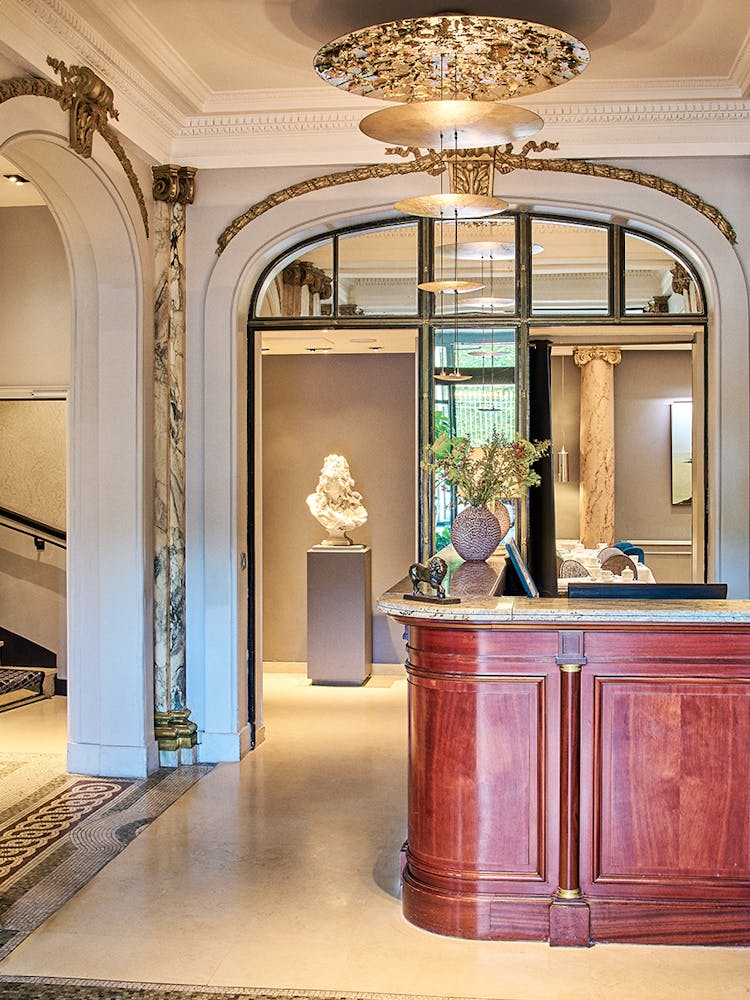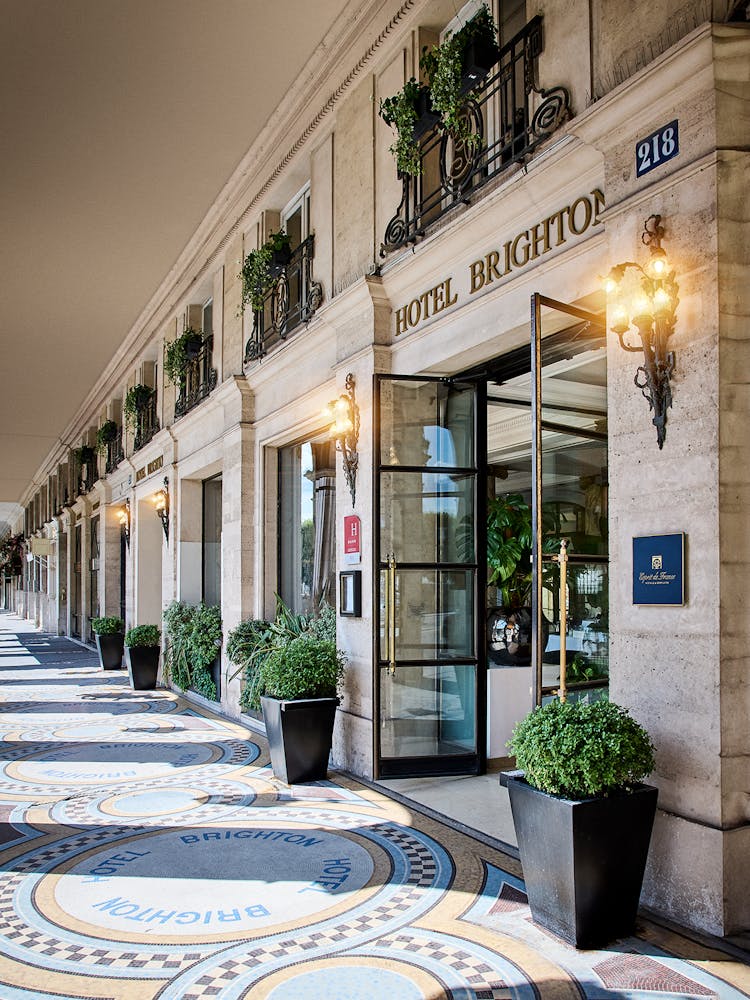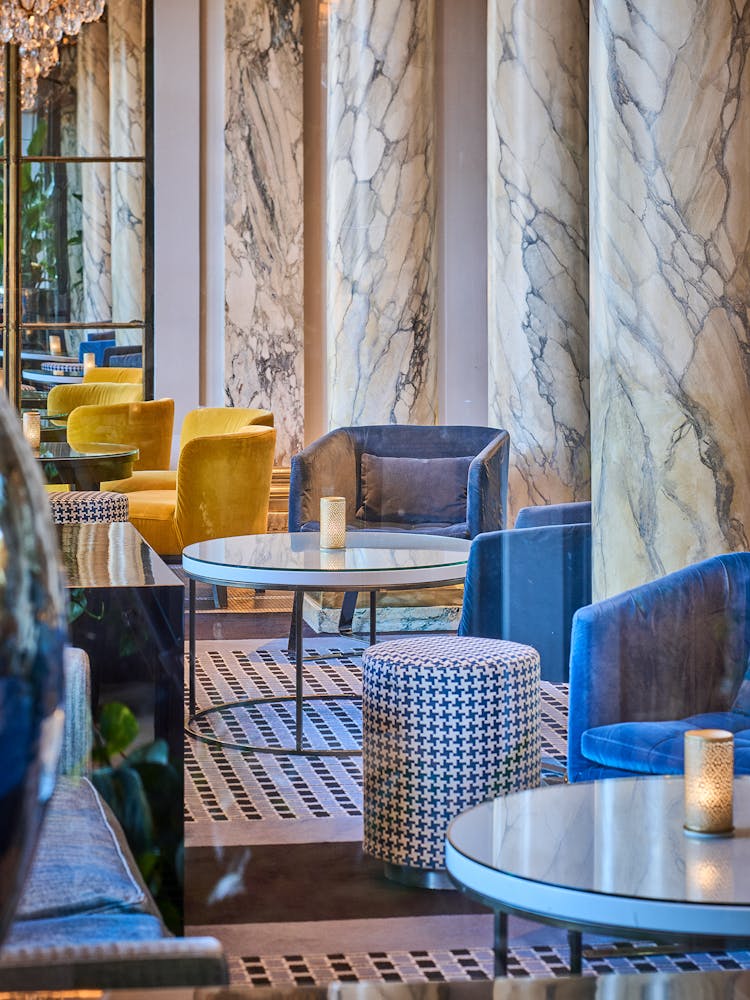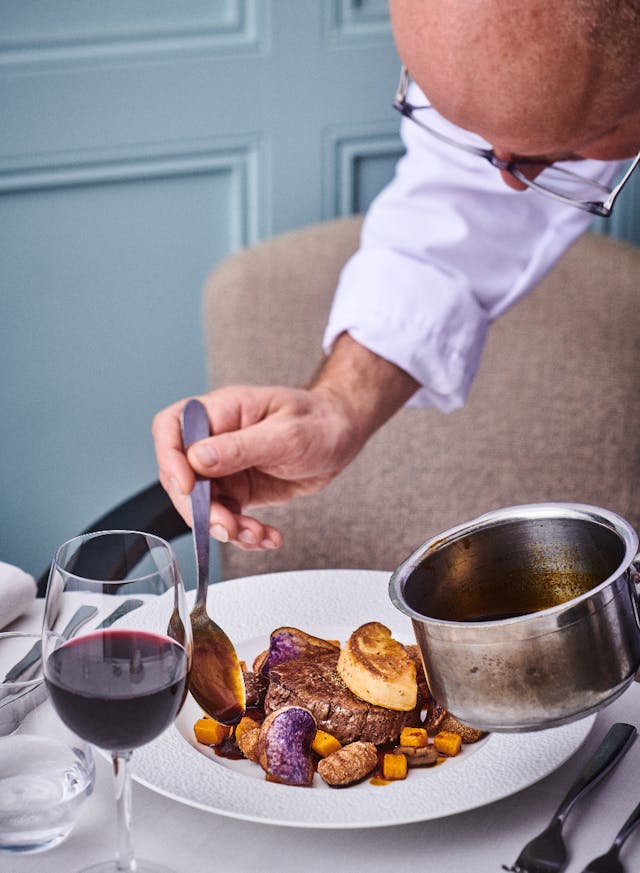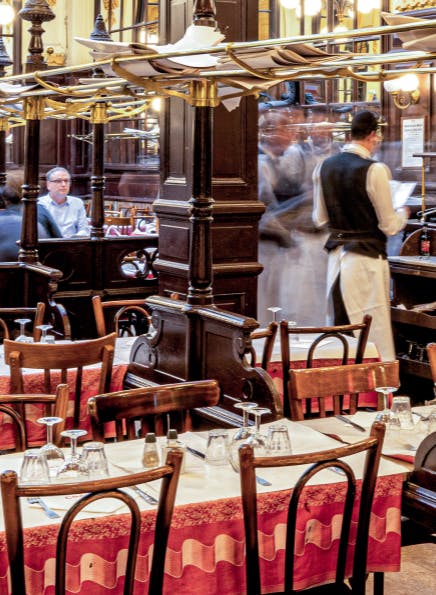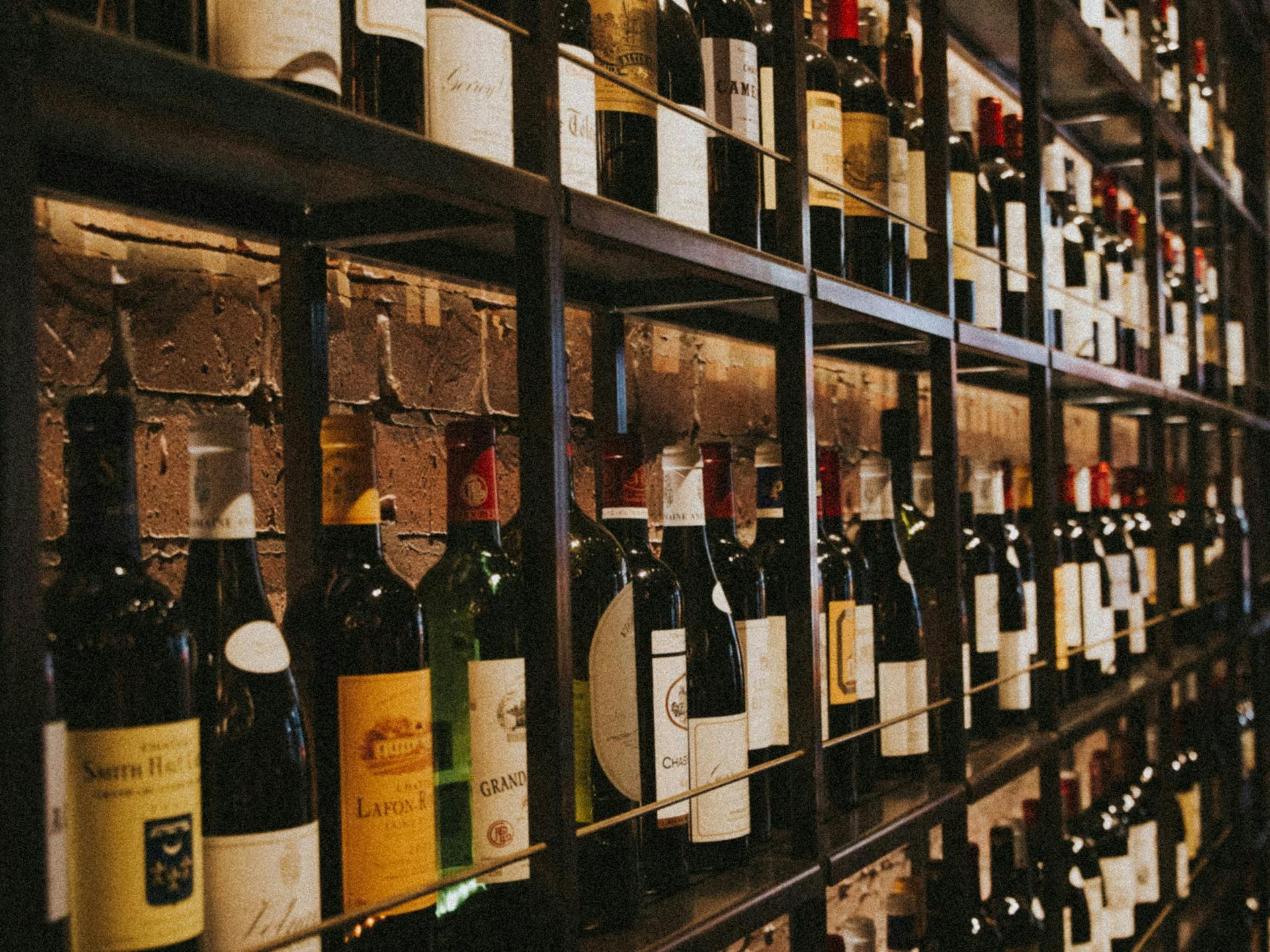
Savoir-Vivre
Veni Vini Vici
Since spring, the region of Bourgogne offers not one, but three addresses that will delight wine lovers and other enthusiasts of terroir and heritage... In three emblematic cities of its territory, Mâcon, Chablis, and Beaune, the City of Climats and Bourgogne Wines now unfolds.
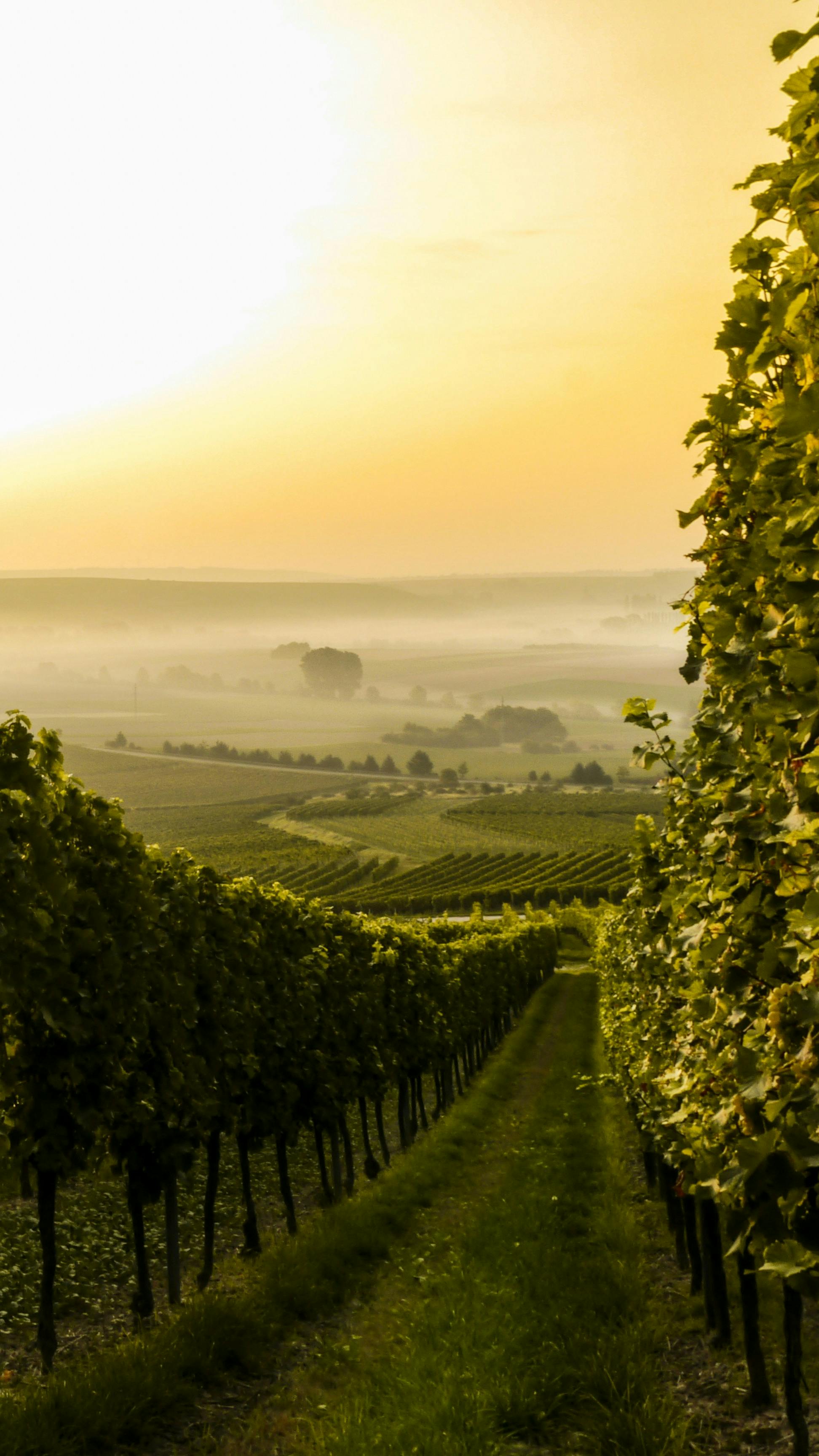
Don’t say Bourgogne but Bourgognes at plural:
Spanning the departments of Burgundy-Franche-Comté, Yonne, Côte-d’Or, and Saône- et-Loire, the Bourgogne Vineyards stretches over nearly 250 km, from the north of Chablis to the south of Mâconnais. In order to showcase the wine heritage in its entirety, the Interprofessional Bureau of Bourgogne Wines has embarked on the project of three wine tourism sites, serving as three gateways to a vineyard now classified as a UNESCO World Heritage Site. Specifically, through this classification, the United Nations has recognized the exceptional universal value of the Climats of Bourgogne, a term referring to vineyard plots that have been delimited for centuries and exhibit specific geological, hydrometric, or exposure characteristics. There are nearly 1,200 plots spanning 50 km from the south of Dijon to Les Maranges, which winemakers work in single grape varieties, harvesting and fermenting them separately. Montrachet, Romanée-Conti, Clos-de- Vougeot, and Chambertin… Some of these Climats have given their names to renowned wines. The Climats, with a capital «C,» as an homage to the connection between humans and their terroir, the dance of craftsmanship.
Three gateways to a vineyard now classified as UNESCO World Heritage Site.
The three sites in Beaune, Mâcon, and Chablis offer visitors a pedagogical and sensory approach through tours that combine immersive experiences, playful workshops, and practical activities such as wine tastings… or grape juice tastings for children, who have their own itinerary. For all ages, these tours provide key insights into the wine culture in Bourgogne: vineyard work, the art of wine making, cooperage… Guided tours are complemented throughout the year by conferences, meetings, and after-work events. These three sites aim to be both spaces for discovery and culture, as well as places for living and sharing. One last question remains: why threeẒ This is to cover the entirety of the vineyard and its subtleties: in Beaune, a general approach; from Mâcon, an entry point to the southern vineyards — Mâconnais, Côte Chalonnaise, Côtes du Couchois; and in Chablis, a journey north from the historic cellar of Petit Pontigny, to discover the richness of Chablis, Grand Auxerrois, or Châtillonnais. That’s what you call covering all aspects of the matter.
Published on 20/02/2024
Dégustation
Signature hotel
Hôtel Brighton
Components.establishmentBlock.pricingStart €190 Components.establishmentBlock.pricingEnd
Components.establishmentBlock.details
